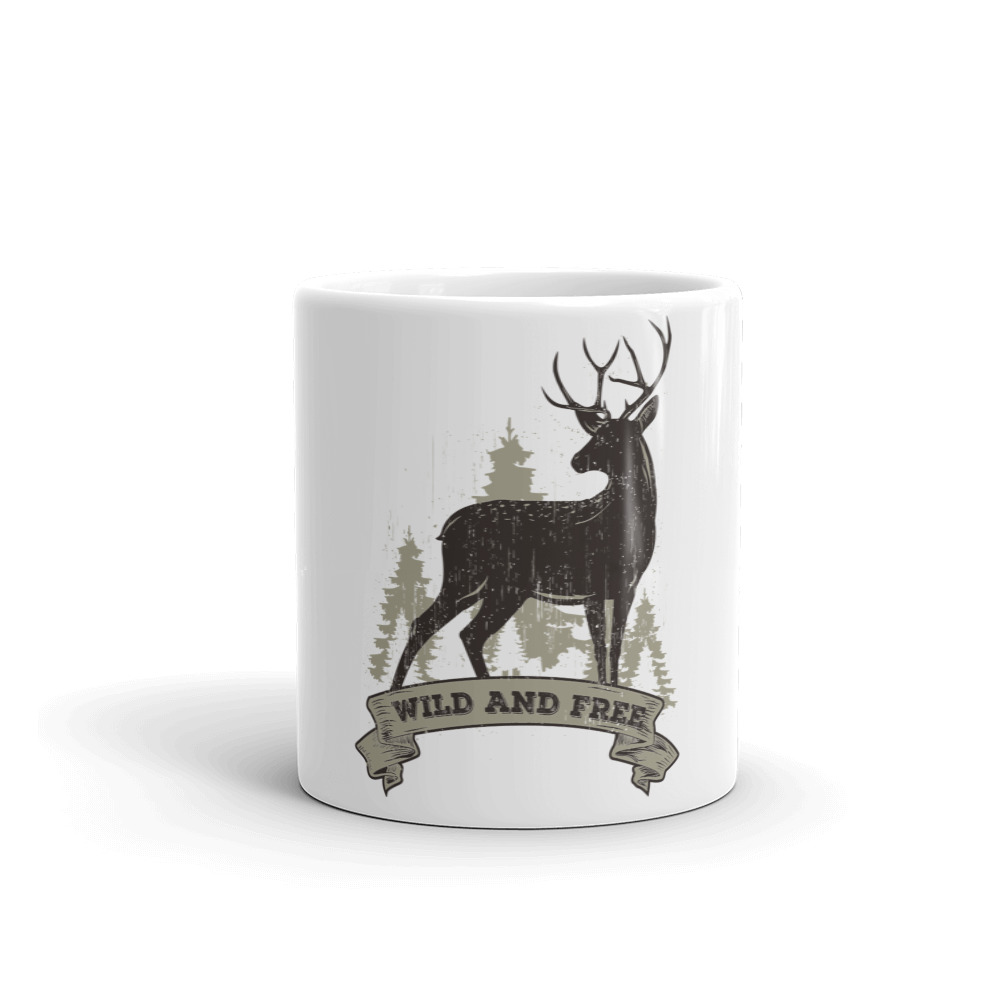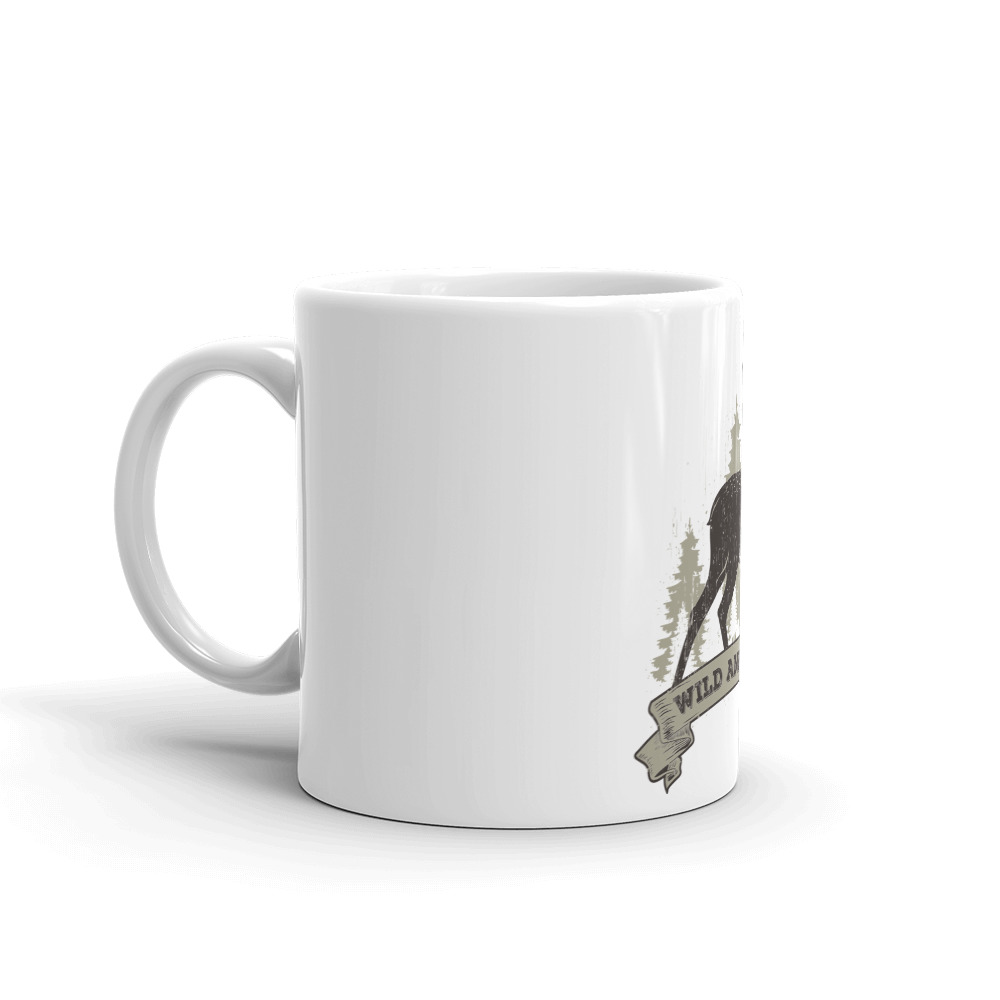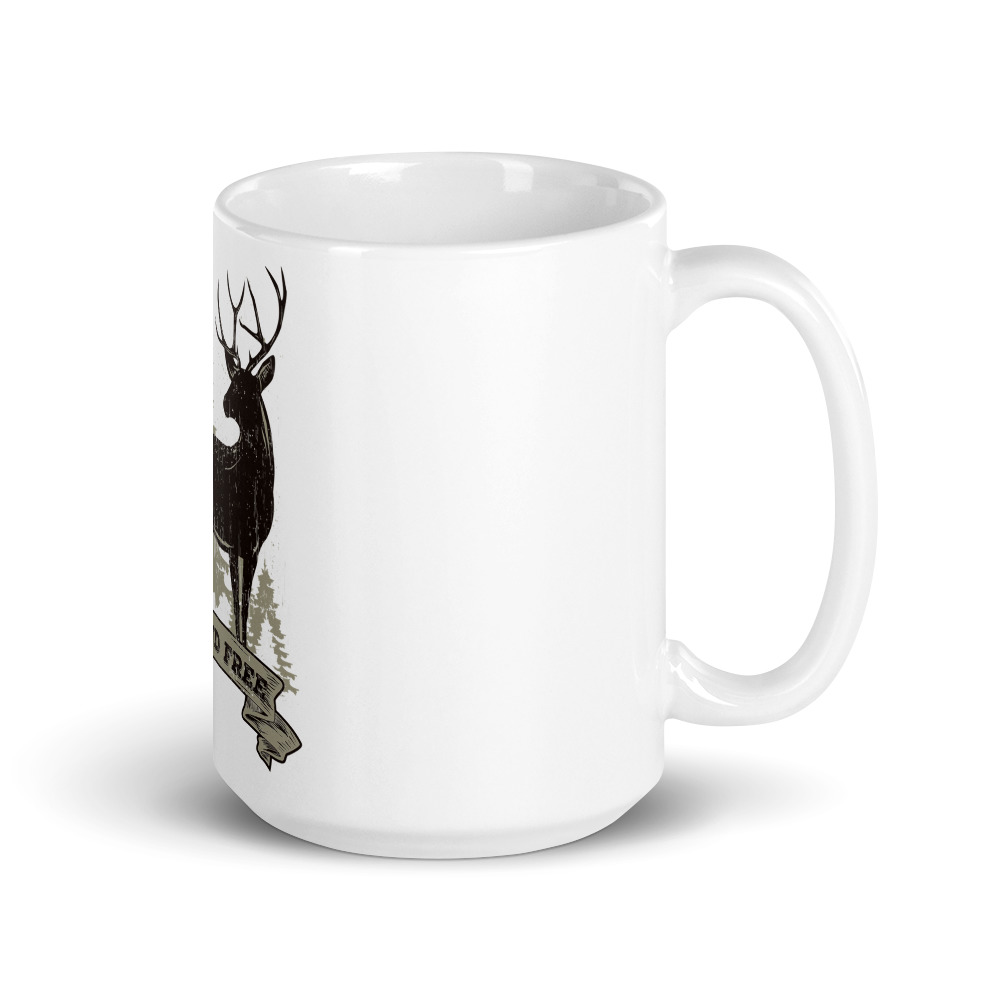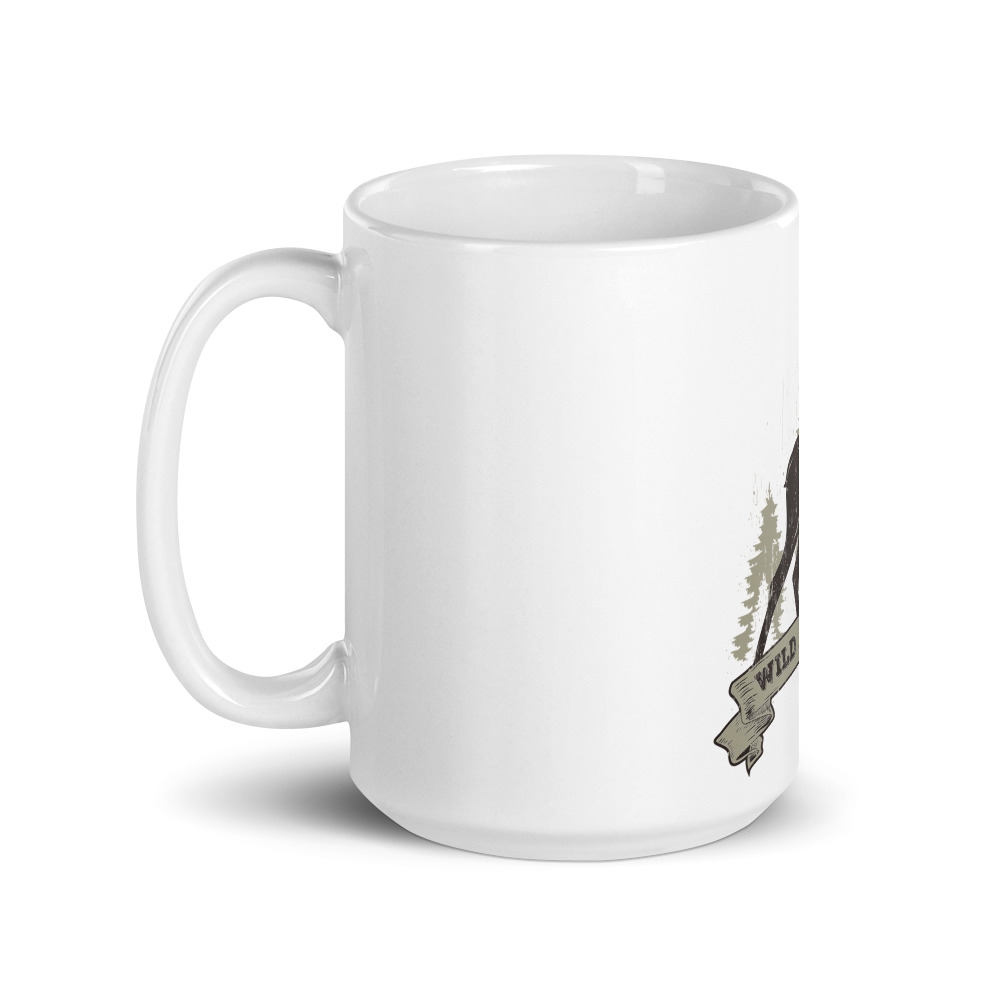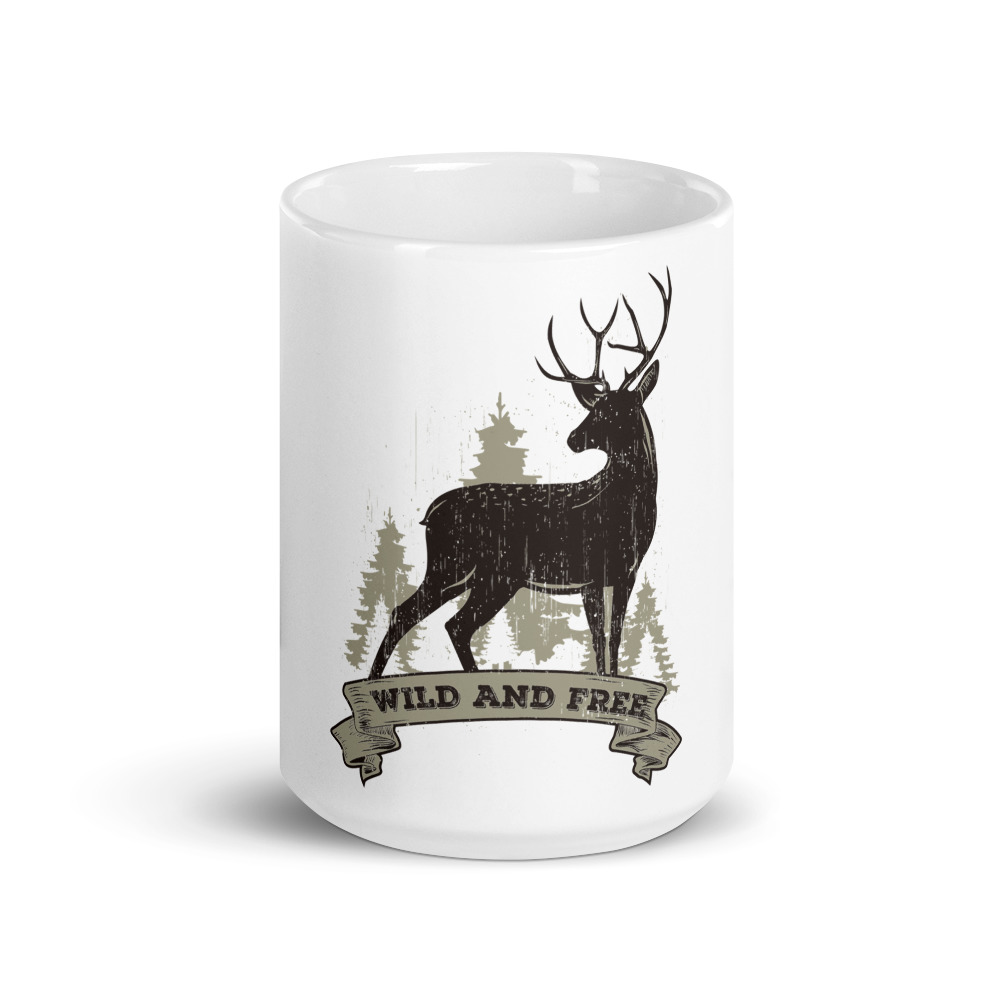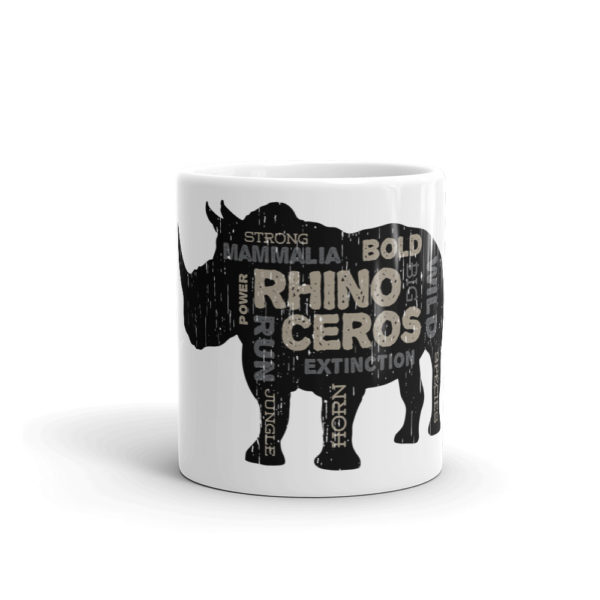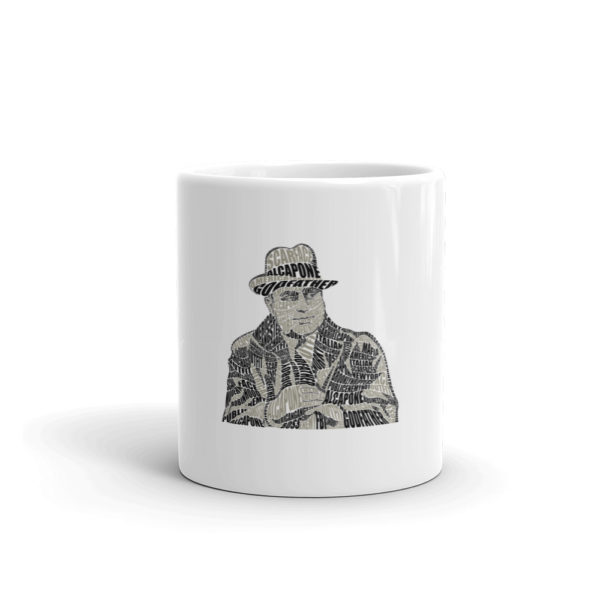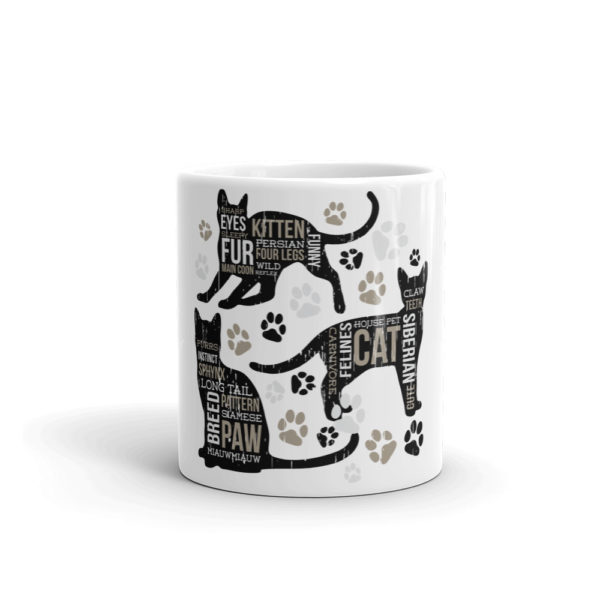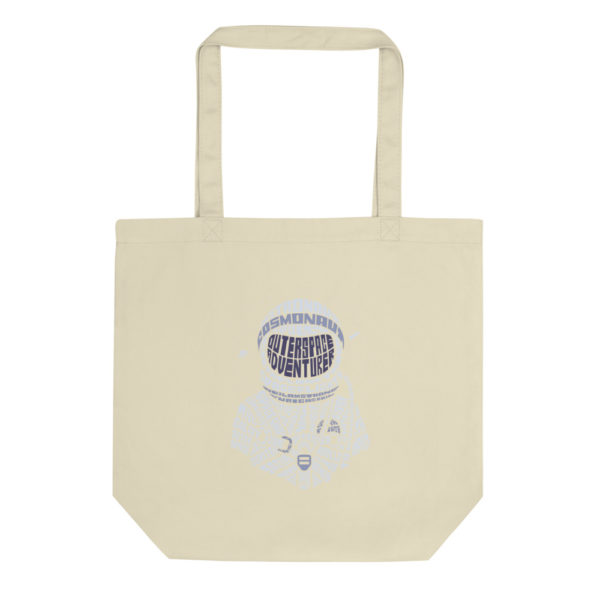Deer Are Majestic Wild Animals
Deer are beautiful wild animals that are extremely majestic in appearance. Spotting one in the wild is an eye-opening experience. There are many different types of deer. These include White-tailed, Black-tailed, Mule, and Water deer. Each has a distinct appearance that makes them beautiful and unique.
White-tailed deer
The white-tailed deer is the smallest member of the deer family. Its coat is reddish-brown in the summer and a dull gray in the winter. Males, or bucks, have large, hornlike antlers that grow every year and fall off in the winter. The underside of the tail is white. These animals can weigh 110 to 300 pounds (50 to 136 kg).
White-tailed deer are one of North America’s most common animals and are a favorite target of hunters. They are quick and can leap 10 feet in a single bound. They can also run and jump over fences. While hunting white-tailed deer, keep in mind that they are vulnerable to human predators.
Black-tailed deer
The black-tailed deer is a member of the mule deer family and is native to the Pacific Northwest of North America. The deer’s habitat consists of forests and grasslands in coastal areas. It is not known if black-tailed deer live in wetlands, but they are often seen grazing near streams.
Black-tailed deer are not commonly spotted in North America. They live on forests, farms, and suburban landscapes. While the species isn’t in immediate danger, human development is causing the population to decline. The decline in the black-tailed deer population is primarily due to habitat fragmentation.
Mule deer
Mule deer are one of the most beautiful animals on the planet. The stunning antlers and oversized ears can make them look like jack-in-the-box. During their first few weeks, they’re protected from predators by their mother, who hides their fawns in thickets. But once they reach about 60 or 75 days old, the spotted fawn loses its spots and lives its life in the wild, surviving 9-11 years.
The mule deer is the product of a centuries-old hybridization between the coastal blacktail and whitetail deer. This crossbreeding happened near the end of the last ice age, when the whitetail deer migrated southward to warmer climates. As the glaciers receded northward, they adapted to the new conditions. The result is a unique species that makes for a fascinating read.
Water deer
Water deer live in lakes and other bodies of water. They do not form herds and tend to live in pairs or alone. These beautiful creatures use dense vegetation as cover and will hide from predators. Male water deer are territorial, but females are often more docile and will coexist in small groups. Males may even fight each other for territory, but females will leave a territory to defend the young. Water deer can live for up to 12 years.
Though they are relatively small in size, water deer are vulnerable to a wide variety of predators. Although they do not usually live in groups, water deer have been observed being mesmerized by dogs. They are also highly susceptible to illegal deer coursers. However, the International Union for Conservation of Nature considers water deer as vulnerable and does not recommend hunting them.
Red deer
The red deer is one of the most iconic creatures in Scotland. They are magnificent and regal in appearance, especially during the rutting season, when stags compete for control of their harems. During this time, stags will buck and lock horns, pushing each other until they are unable to outroar the challenger. It is a very exciting scene, but it can also result in injuries and death if horns become entangled.
Red deer live in mountainous and grassy areas near woodland. You can view them in deer parks throughout the UK. They feed on grasses, sedges, rushes, and dwarf shrubs such as heather. They have dark-brown fur, pale tails, and branching antlers. They are often found in Scotland, but are also common in the Lake District, Exmoor, the New Forest, and in Thetford Forest.

